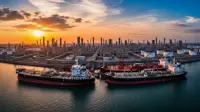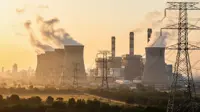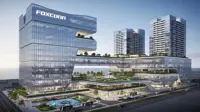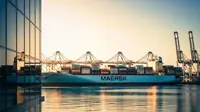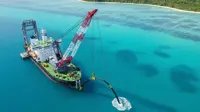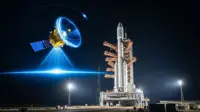IATA report: Fuel replaces labour as largest cost for airlines in 2006
26 Jun 2007
The Centre for Asia Pacific Aviation (CAPA) reports that a recent International air Transport Association (IATA) sample of the financial reports of 45 major global airlines reveals that fuel replaced labour as the largest single cost item for the global airline industry in 2006. This marks the first time ever that fuel costs have outpaced that of labour.
According to the IATA analysis, fuel accounted for 25.5 per cent of total operating costs for carriers in 2006, up from 22.5 per cent in 2005, while labour (including pension) expenses fell from 24.2 per cent in 2005, to 23.3 per cent in 2006.
The rise reflects the sharp increase in fuel prices faced by airlines, including a rise in the average price of jet fuel per barrel from US$34.70 in 2003 to $81.90 in 2006.
According to the analysis, airlines have responded by improving their efficiency of fuel use, and also by improving labour productivity. This, according to the analysis, has risen by 56 per cent since 2001. In 2006, cost of labour accounted for 23.3 per cent of total operating costs, as compared to 28.3 per cent in 2001.
For the Asia Pacific region, according to the IATA analysis, the situation was different as fuel overtook labour as the largest cost factor back in 2004. It also said that on a proportionate basis, Asia Pacific airlines have been more exposed to higher fuel costs than airlines in North America and Europe.
In 2006 fuel accounted for 30.4 per cent of operating costs for Asia Pacific airlines, and was as high as almost 40 per cent for some airlines based in countries such as China, according to IATA.
According to CAPA, the silver lining in the cloud for the global airline industry is that IATA expects fuel prices to soften slightly over the next two years, with the average price per barrel of jet fuel tipped to fall from $80 in 2007 and $75 in 2008.
Fuel's share of total operating costs is expected to increase slightly to 26.1 per cent in 2007 before falling back to 24.7 per cent in 2008. The share of labour costs is also likely to rise slightly, as more employees are taken on to meet industry growth, and particularly as wage pressure increases with labour skill shortages appearing in some areas, such as China.
